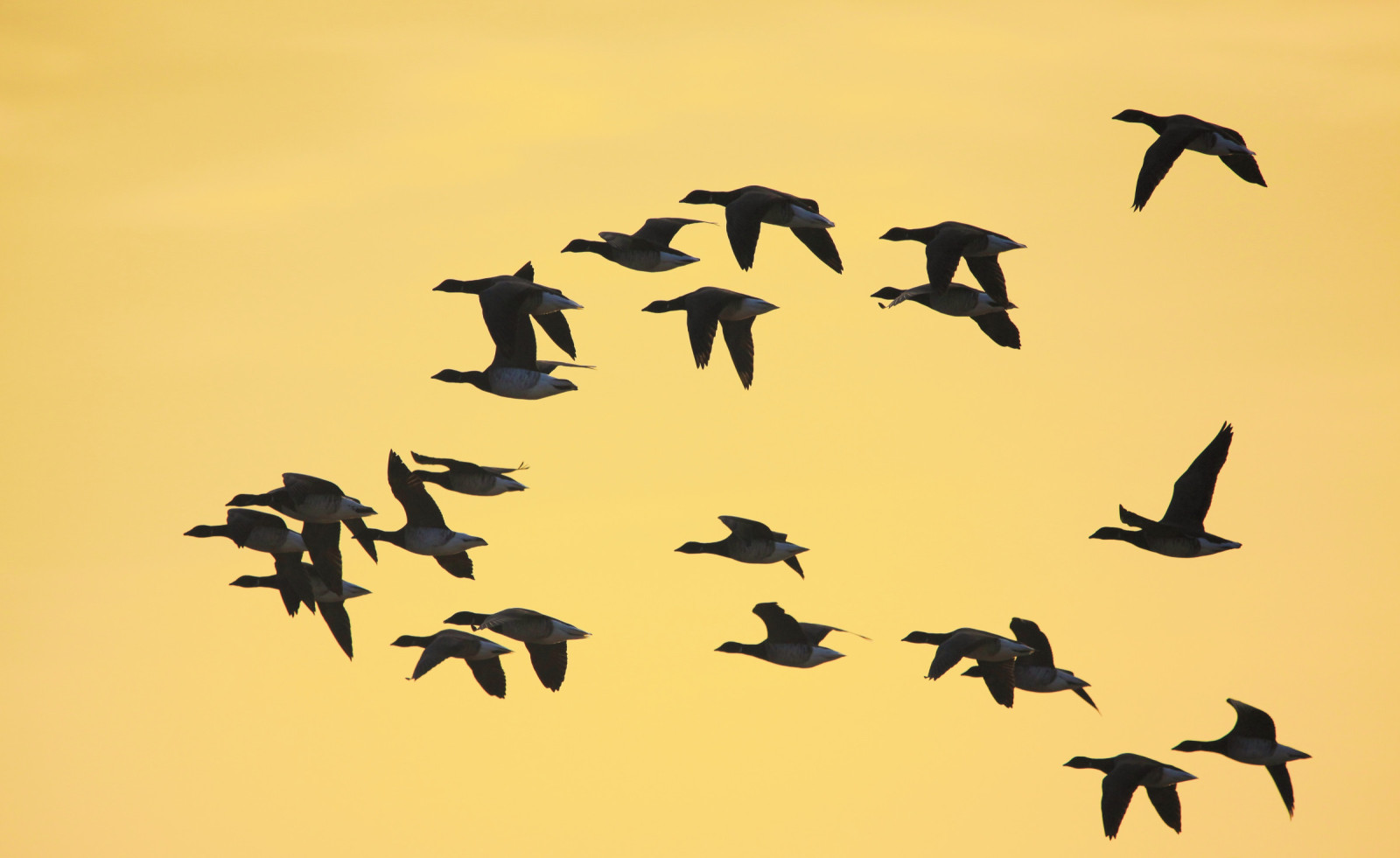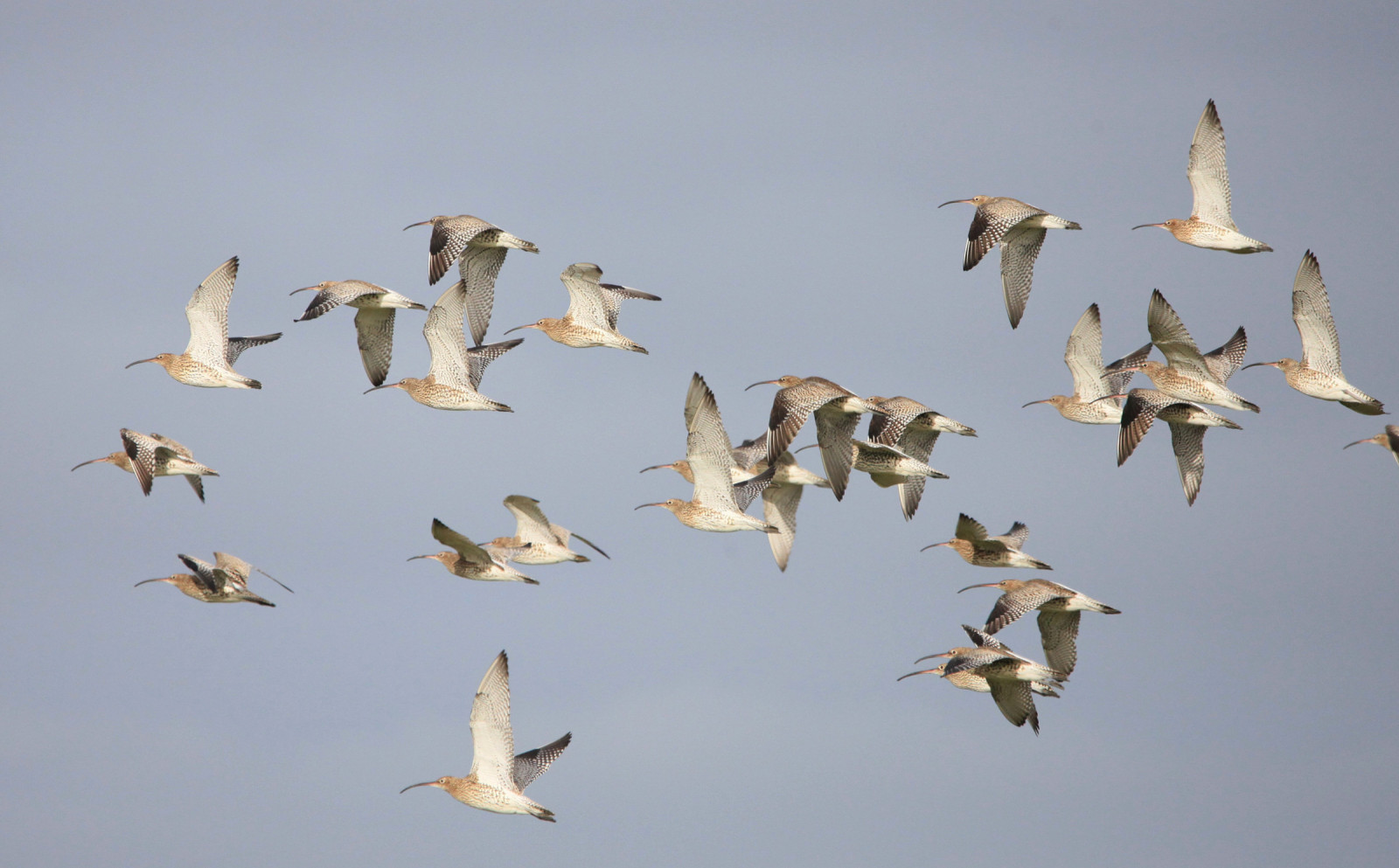Charger images
Les formats d'image autorisés sont de type jpeg, png ou gif
La taille maximale du fichier doit être de 20MB

.jpg)

A coastal area with a diversity of habitats that is home to a variety of species throughout the year.
Ballyteige Burrow consists of a complex dune system, an interidal estuary and polder land. The reclaimed land extends north into the Killag area. This mix of habitats is excellent for a multitude of species throughout the year. Large numbers of waterbirds can be found here in the winter, with nationally important numbers of Barge à queue noire, Bernache cravant, Courlis cendré and Pluvier doré. The polder land is also one of the most reliable sites in Ireland to see Cygne de Bewick in winter (see extra info).
This area is also excellent for raptors, with Busard Saint-Martin, Faucon émerillon, Faucon pèlerin and Hibou des marais all possible in the winter with occasional Busard des roseaux too.
In summer, the dunes and grasslands are alive with colourful flowers and many passerines breed here, including Pipit farlouse, Alouette des champs and Tarier pâtre. There are also few breeding pairs of Tadorne de Belon. Recent rarities that have been encountered in the summer and migration months include Faucon hobereau, Ibis falcinelle, Bécassin à long bec and Caille des blés.
The Ballyteige Burrow and Killag area is located about 15 km south-west of Wexford Town. There are multiple options for parking at various points around the area. Click on a P in the map for directions to a parking spot. There is also a 4 km trail that begins at Kilmore Quay where it's possible to walk between the dunes and polder land to the estuary dam wall (known as the Cull Bank). It's a long walk and bringing food and water would be recommended. It's also possible to get a local bus (390) to Kilmore Quay from Wexford Town and walk from the bus stop.
Cygne de Bewick are now a very rare visitor in Ireland in winter with only very small numbers showing up in recent times. While this area is a reliable spot for the species, there are some winters where only 1-2 birds may appear or none at all. The fields between the Inish Pebble Quarry and the windfarm are the most likely place to see this species in the area.
Votre feedback sera transmis à l’auteur.rice de cette zone et à l’équipe éditoriale de Birdingplaces, qui l’utiliseront pour améliorer la qualité des informations. (Vous souhaitez publier un commentaire visible en bas de page ? Fermez cette fenêtre et choisissez l’Option 1 : « Publier un commentaire, un conseil ou une observation ».)
Veuillez fournir des suggestions d'améliorations ou d'ajouts au texte de ce site ornithologique.
Veuillez fournir vos suggestions d'améliorations ou d'ajouts à la carte.
Veuillez fournir des suggestions d'améliorations ou d'ajouts à la liste des oiseaux.
Cliquez sur l'icône de l'oiseau () Insérez les noms d'oiseau dans votre langue. Ils seront automatiquement traduits pour les autres usagers !